At what high temperature can the motor operate normally? Summary of causes of motor “fever” and methods of “reducing fever”!
At what temperature can the motor operate normally?
The insulation grade of the motor refers to the heat resistance grade of the insulation material used, which is divided into grades A, E, B, F, and H. The allowable temperature rise refers to the limit of the increase in the temperature of the motor compared with the ambient temperature.
Temperature rise refers to the value by which the temperature of the stator winding is higher than the ambient temperature under the rated operating condition of the motor (the ambient temperature is specified as 35°C or below 40°C, if the specific value is not marked on the nameplate, it is 40°C)
| Insulation temperature rating. | Class A | Class E | Class B | Class F | Class H | |
| Maximum allowable temperature (℃) | 105 | 120 | 130 | 155 | 180 | |
| Winding temperature rise limit (K) | 60 | 75 | 80 | 100 | 125 | |
| Performance reference temperature (℃) | 80 | 95 | 100 | 120 | 145 |
In electrical equipment such as generators, insulating materials are the weakest link. Insulating materials are particularly susceptible to the influence of high temperatures and accelerate aging and damage. Different insulating materials have different heat resistance properties, and electrical equipment using different insulating materials has different resistance The high-temperature capabilities are different. Therefore, general electrical equipment stipulates the maximum temperature for its operation.
People have stipulated 7 maximum allowable temperatures for different insulating materials based on their ability to withstand high temperatures. They are arranged according to the temperature: Y, A, E, B, F, H and C. Their allowable operating temperatures are: 90, 105, 120, 130, 155, 180 and above 180℃. Therefore, Class B insulation indicates that the heat-resistant temperature of the insulation used in the generator is 130°C. Users should ensure that the insulation material of the generator does not exceed this temperature when the generator is working to ensure the normal operation of the generator.
Insulation materials with an insulation level of Class B are mainly made of mica, asbestos, and glass fibers glued or impregnated with organic glue.
Question: At what temperature can a general motor work normally? What is the maximum temperature that a motor can withstand?
Answer: If the measured temperature of the motor cover exceeds the ambient temperature by more than 25 degrees, it means that the temperature rise of the motor has exceeded the normal range. Generally, the temperature rise of the motor should be below 20 degrees. Generally, motor coils are wound by enameled wire. When the temperature of the enameled wire is higher than about 150 degrees, the paint film will fall off due to excessive temperature, causing the coil to short-circuit. When the coil temperature is above 150 degrees, the temperature shown by the motor shell is about 100 degrees, so based on its shell temperature, the maximum temperature the motor can withstand is 100 degrees.
Question: The temperature of the motor should be below 20 degrees Celsius, that is, the temperature of the motor end cover should be less than 20 degrees Celsius above the ambient temperature. But what is the reason why the motor heats up more than 20 degrees Celsius?
Answer: The direct cause of motor heating is caused by high current. Generally, it may be caused by short circuit or open circuit of the coil, demagnetization of the magnet or low efficiency of the motor. The normal situation is that the motor runs with high current for a long time.
Question: What causes the motor to heat up? What is the process?
Answer: When the motor is running under load, there is power loss in the motor, which will eventually turn into heat energy, which will cause the temperature of the motor to rise beyond the ambient temperature. The amount by which the motor temperature is higher than the ambient temperature is called temperature rise. Once the temperature rises, the motor must dissipate heat to the surroundings; the higher the temperature, the faster the heat dissipation. When the heat emitted by the motor per unit time is equal to the heat dissipated, the motor temperature no longer increases but maintains a stable temperature, that is, it is in a state of balance between heat generation and heat dissipation.
Question: What is the allowable temperature rise for a general click? Which part of the motor does the temperature rise have the greatest impact? How is it defined?
Answer: When the motor is running under load, to maximize its function, the larger the load, that is, the output power, the better (if the mechanical strength is not considered). But the greater the output power, the greater the power loss, and the higher the temperature. We know that the weakest thing in the motor that can withstand temperature is the insulating material, such as enameled wire. There is a limit to the temperature resistance of insulating materials. Within this limit, the physical, chemical, mechanical, electrical and other aspects of the insulating materials are very stable, and their working life is generally about 20 years. Beyond this limit, the life of the insulating material is drastically shortened and may even burn out. This temperature limit is called the allowable temperature of the insulating material. The allowable temperature of the insulating material is the allowable temperature of the motor; the life of the insulating material is generally the life of the motor.
Excessive temperature is one of the common types of motor faults. So what causes the motor to be overheated?
The following are common causes of high motor temperatures and how to deal with them:
1. When the instantaneous voltage of the motor exceeds the rated voltage by more than 10%, or the instantaneous voltage of the motor is lower than the rated voltage by more than 5%, it will cause the motor to heat up and increase the temperature under the rated load. In this case, the voltage should be checked and adjusted.
2. An imbalance in the three-phase power supply voltage of the motor will also cause the motor to heat up. This is because when the three-phase power supply voltage imbalance exceeds 5%, it will cause an imbalance in the three-phase current. The solution is to check and adjust the voltage.
3. Contact problems in the motor’s power switch and one-phase fuse breakage will cause phase loss operation, which will cause the temperature of the motor to rise. The solution is to repair or replace the damaged parts.
4. There is an error in the winding wiring of the motor, which causes overheating of the motor running under rated load. The solution is to correct the wiring error of the winding wire.
5. The stator winding of the motor is short-circuited or grounded between turns or phases. This situation will cause the current of the motor to increase and the temperature to rise. The solution is to add insulation to the center or directly replace the winding.
6. If the cage rotor of the motor is broken or the winding rotor coil joints are loose, the current in the maintenance network will increase and the temperature will rise. The solution is to repair the welding or replace the rotor.
7. When the bearings of the motor are severely worn, they will generate large friction and generate heat. The solution is to check whether the bearings are loose and whether the stator and rotor are poorly matched.
8. Excessive load on the motor is also the cause of overheating. Reducing the load or replacing a high-power motor can solve the overheating problem.
9. Too frequent starting of the motor, too high ambient temperature, poor ventilation, etc. will also cause the motor’s temperature to be too high. Reduce the number of starts, lower the ambient temperature, ensure smooth air ducts, eliminate dust and oil, and keep the fan running well. Can help with similar overheating issues.
For a running motor, if the current does not exceed the motor’s rated current, it means there is basically no problem with the circuit. If the original load has not been changed, check whether the voltage is higher than the rated voltage. Generally, 380V is normal for plus or minus 5%. Check whether the ambient temperature is too high. Whether the bearing is short of oil. Is the cooling fan damaged?
(1)If the load is too large, the load should be reduced or a motor with a larger capacity should be replaced.
(2)For two-phase operation, check whether the fuse is blown and whether the switch contact point is in good contact, and troubleshoot;
(3) The air duct of the motor is blocked, dust or grease in the air duct should be removed;
(4) When the ambient temperature rises, cooling measures should be taken;
(5) If the stator winding is short-circuited between turns or phases, use a megohmmeter or multimeter to check the insulation resistance between the two-phase windings; use the current balance method to check the current of the three-phase windings. The phase with the larger current is the short-circuited phase. You can also use a short-circuit detector to check the windings. Whether there is a short circuit between turns;
(6)The stator winding is grounded. You can check with a multimeter or indicator light. The phase with zero resistance is the grounded phase;
(7) The power supply voltage is too low or too high. Use the voltage range of a multimeter or a voltmeter to check the power supply voltage at the input end of the motor.


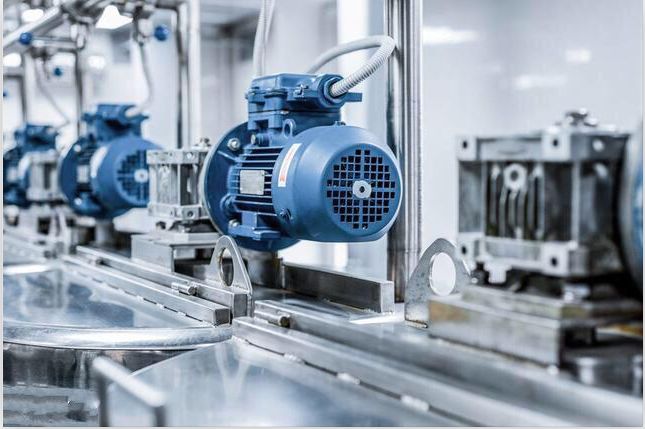
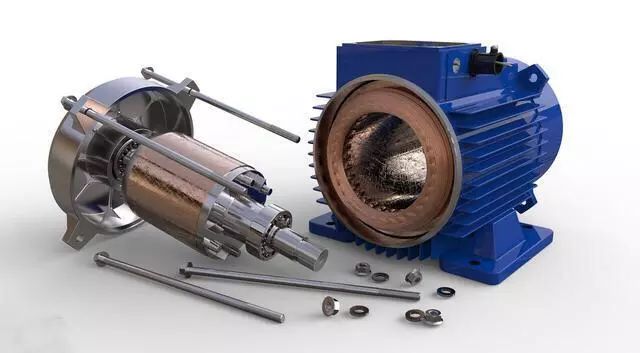
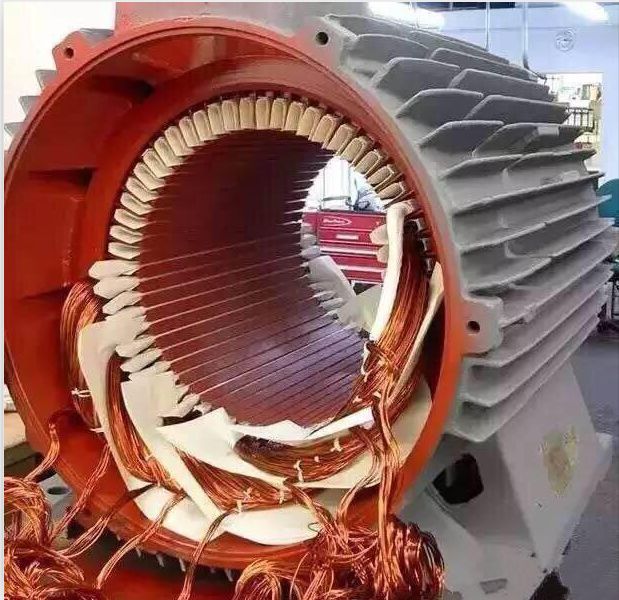
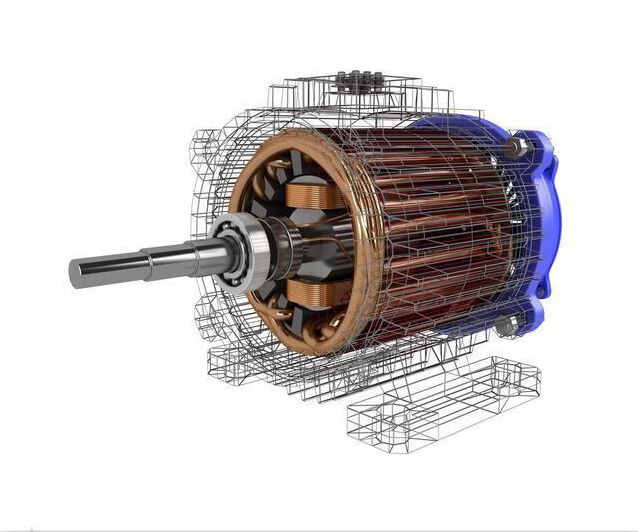
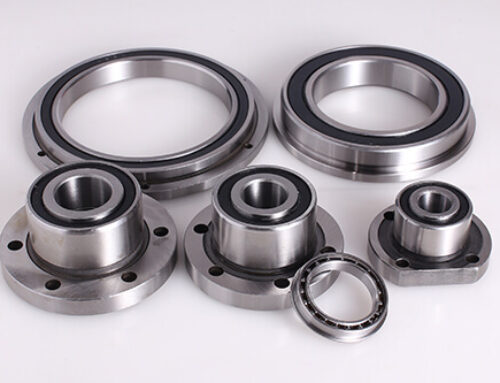
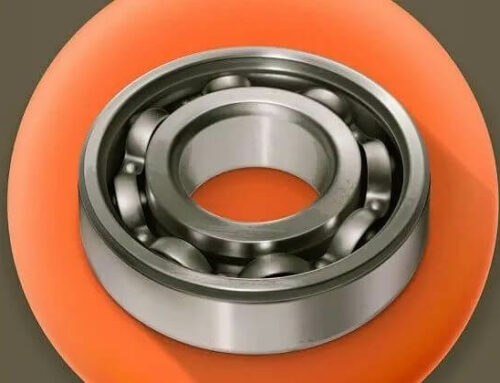

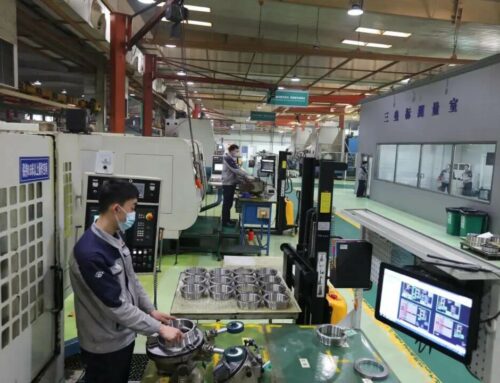
Leave A Comment